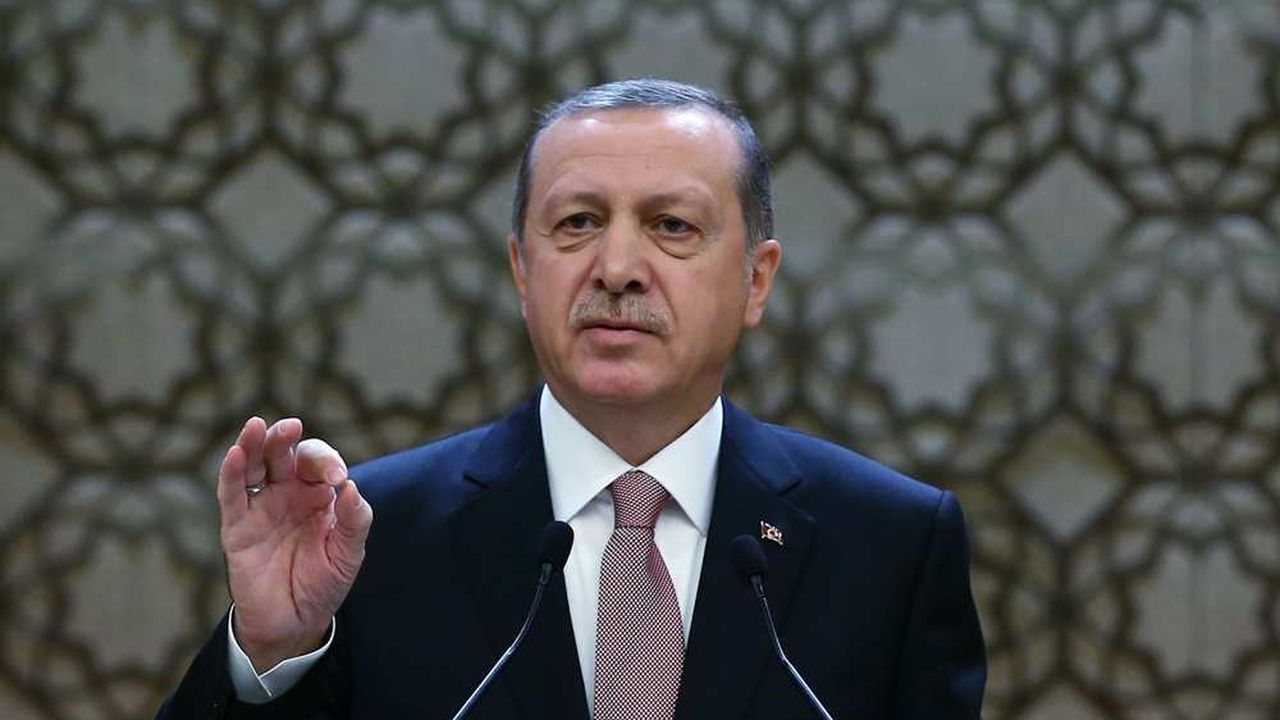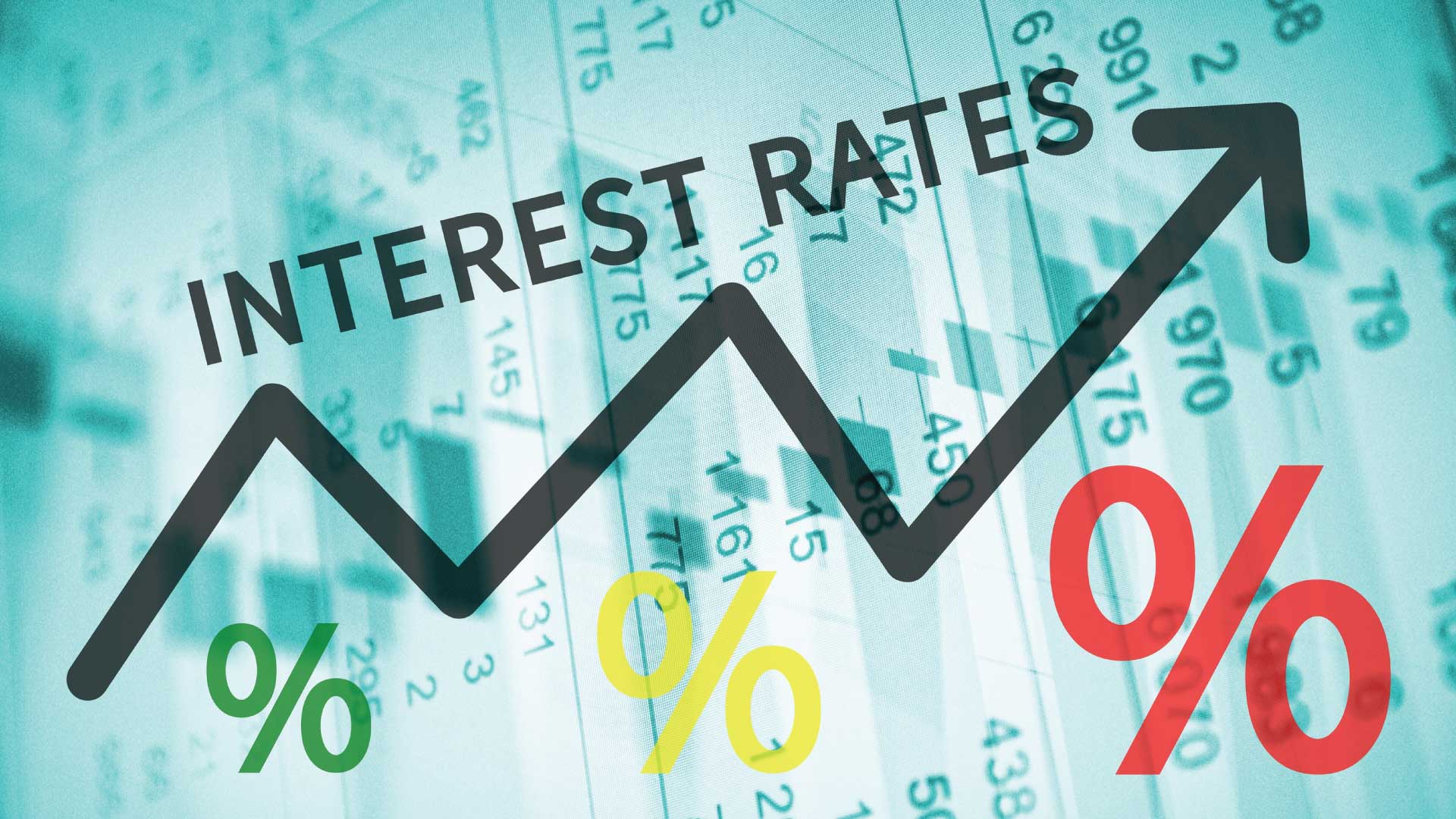Erdogan and Turkey
If Erdogan does not change course and raise rates significantly to reduce demand, Turkey risks experiencing a disaster similar to that of Venezuela. Famines, lack of medical care, social unrest, political crises, hyperviolence, revolutions… are the usual lot of countries going through a period of hyperinflation.
A tragic situation for a country which has been experiencing interesting development since the beginning of the 2000s and which has quickly managed to double the standard of living of its population thanks to the export of manufactured goods. Turkey’s trajectory bears a strong resemblance to the successes of Eastern Europe after the collapse of the Soviet bloc.
The destruction of the monetary unit can bring down dictators as well as create new ones. Inflation may well succeed in hastening the end of Erdogan ‘s rule, where the 2016 coup failed.
Since the early 2000s, because of Erdogan, Turkey’s growth has mainly been driven by a large influx of foreign capital. The development prospects and the high rates have attracted investors, which has appreciated the Turkish lira for several years.
The root cause of the crisis in Turkey can be explained in particular by the country’s high level of investment compared to the level of savings. This imbalance favored a sharp increase in the State’s stock of external debt. A significant part of this external debt had short-term maturities, which led to a sudden stop in foreign investment. The sudden withdrawal of foreign capital then accelerated the decline of the Turkish currency.
Rather than acting on the evil by massively increasing rates, the Turkish government keeps announcing expedients that fuel the inflationary spiral. For example, the government recently announced a second minimum wage increase in 6 months.




Comments are closed